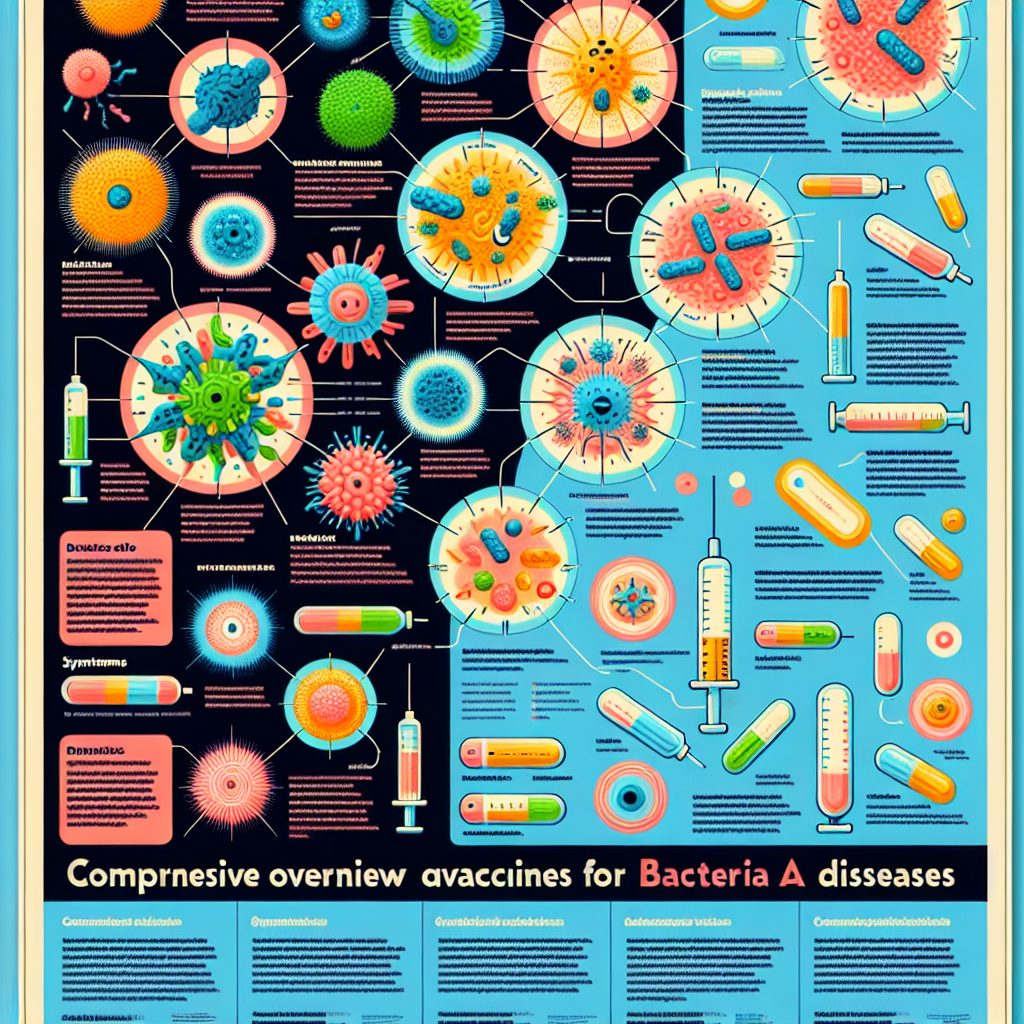Vaccines available for viral diseases have become a cornerstone of public health, offering the promise of protection against some of the most dangerous pathogens known to humanity. The surge of viral diseases in recent years has left communities worldwide vulnerable, leading to outbreaks that remind us of the importance of immunization. As fear and uncertainty grip populations, the need for effective vaccines has never been more urgent. This article provides an in-depth analysis of the mechanisms and benefits of viral vaccines, as well as current trends and innovations shaping the future of vaccine development.
Understanding the Mechanisms and Benefits of Viral Vaccines
Viral vaccines operate through sophisticated mechanisms that mimic natural infection, stimulating the immune system without causing disease. Most vaccines introduce harmless components of a virus, such as inactivated or attenuated viruses, viral proteins, or messenger RNA (mRNA) encoding viral antigens. This exposure enables the immune system to recognize and remember the pathogen, developing antibodies and memory cells that provide future protection. This preemptive strike against infections empowers the body’s innate defenses, ensuring a quicker and more robust response upon actual exposure to the virus.
The benefits of vaccination extend beyond individual immunity; they contribute to herd immunity, a critical concept in epidemiology. When a significant portion of the population is vaccinated, the spread of the virus is curtailed, protecting those who are vulnerable and cannot be vaccinated—such as infants, the elderly, or immunocompromised individuals. This community-wide protection is crucial in controlling outbreaks and preventing epidemics. Moreover, vaccines can significantly reduce healthcare costs associated with viral diseases, including treatment expenses, hospitalizations, and loss of productivity, thereby offering a compelling economic incentive for widespread immunization.
Beyond immediate health benefits, vaccines also play a fundamental role in long-term disease eradication efforts. Historical successes, such as the eradication of smallpox and the significant reduction of polio cases, demonstrate the power of vaccination strategies. These achievements inspire confidence in the potential of vaccines to combat emerging viral threats. As new viral pathogens emerge, the importance of continual investment in vaccine research and development cannot be overstated, ensuring that we remain one step ahead in the battle against viral diseases.
Current Trends and Innovations in Viral Vaccine Development
The landscape of viral vaccine development is undergoing a transformative shift, driven by technological advancements and a deeper understanding of immunology. One of the most significant innovations is the advent of mRNA vaccine technology, which gained widespread attention during the COVID-19 pandemic. This groundbreaking approach allows the delivery of genetic instructions directly to cells, prompting them to produce viral proteins that stimulate an immune response. The rapid development and deployment of mRNA vaccines have set a precedent for future vaccine platforms, demonstrating their potential to respond swiftly to emerging viral threats.
Another notable trend is the exploration of viral vector vaccines, which utilize harmless viruses to deliver antigens from pathogenic viruses. This method enhances the immune response by mimicking a natural infection, leading to robust cellular and humoral immunity. The versatility of viral vectors opens doors to developing vaccines for various diseases, including HIV, Ebola, and Zika. Additionally, the incorporation of adjuvants—substances that enhance the body’s immune response to the vaccine—has led to improved efficacy and durability of the immune response, pushing the boundaries of vaccine performance.
Furthermore, the integration of artificial intelligence (AI) and machine learning in vaccine development is revolutionizing how researchers design and test vaccines. These advanced computational methods can predict how viral proteins will interact with the immune system, streamlining the vaccine development process. By analyzing vast datasets, AI can identify promising candidates more efficiently, reducing the time and resources required for traditional laboratory experiments. This approach not only accelerates vaccine development but also enhances the precision of targeting specific viral strains, making it a game-changing strategy in the field.
In conclusion, the comprehensive overview of vaccines for viral diseases underscores their critical role in safeguarding public health and preventing viral outbreaks. Understanding the mechanisms and benefits of these vaccines, alongside the innovative trends shaping their development, highlights the ongoing commitment to advancing immunization science. As we face an ever-evolving landscape of viral threats, the importance of vaccines remains paramount. It is essential for individuals and communities to stay informed about vaccination options and actively participate in immunization programs to foster a healthier future. Engage with your healthcare provider today to explore which vaccines are available to you, and be part of the global movement towards a virus-free world.
Essential Strategies for Preventing Viral Infections EffectivelyEssential Strategies for Preventing Bacterial InfectionsUnderstanding the Mechanisms of Virus and Bacteria TransmissionRelevant LinkRelevant LinkRelevant LinkUnderstanding Lower Back Pain Linked to COVID-19: Insights and ManagementUnderstanding COVID-19: Navigating Loss of Appetite ChallengesUnderstanding COVID Laryngitis: Symptoms, Causes, and TreatmentRelevant LinkRelevant LinkRelevant Link

